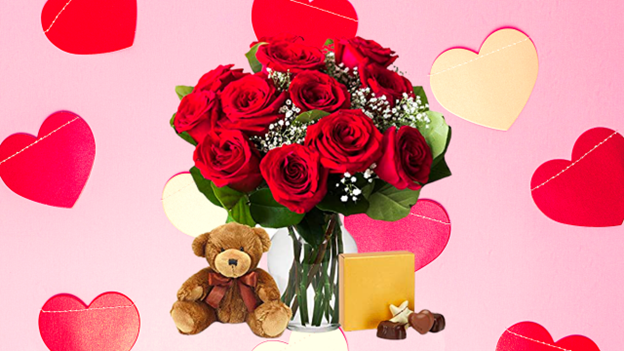By Emma Wu
Americans spent $21.8 billion on Valentine’s Day in 2021, and this number is actually a 20% decrease from 2020 Valentine’s Day spending of $27.4 billion. There has been a continuous upward trend in Valentine’s Day spending from 2017 until now. The decrease in 2021 may have been due to the COVID pandemic, putting a stopper on many Valentine’s Day celebrations. However, one can expect that the increasing trend in V-Day spending will most likely continue with 2023 celebrations and others in the future.
Here’s the breakdown: the two main money burners for Valentine’s Day are buying jewelry and dining out. In 2020, about $5.8 billion was spent on jewelry, which is the gift of choice for 21% of consumers. In addition to that, another $4.3 billion was spent on dining out. However, the most popular gifts to give are candy and flowers. 52% of consumers buy candy and total sales for it total to about $2.4 billion. The top three products in the most states to purchase are M&Ms, Conversation Hearts, and heart-shaped chocolate boxes. Total sales for flowers are about $2.3 billion, purchased by about 37% of shoppers. Of course, there is also a specific type of flower given most often. Roses are the most popular flowers to purchase and receive on Valentine’s Day (what a shock). Approximately, 224 million roses are grown and sold for the holiday. In 2019, 85% of all flowers purchased were roses, and 69% of that category consisted of red roses.
Regardless of how much you spend on Valentine’s Day, the money spent isn’t the main item to dwell on. The sentiment exchanged between people is what matters.

